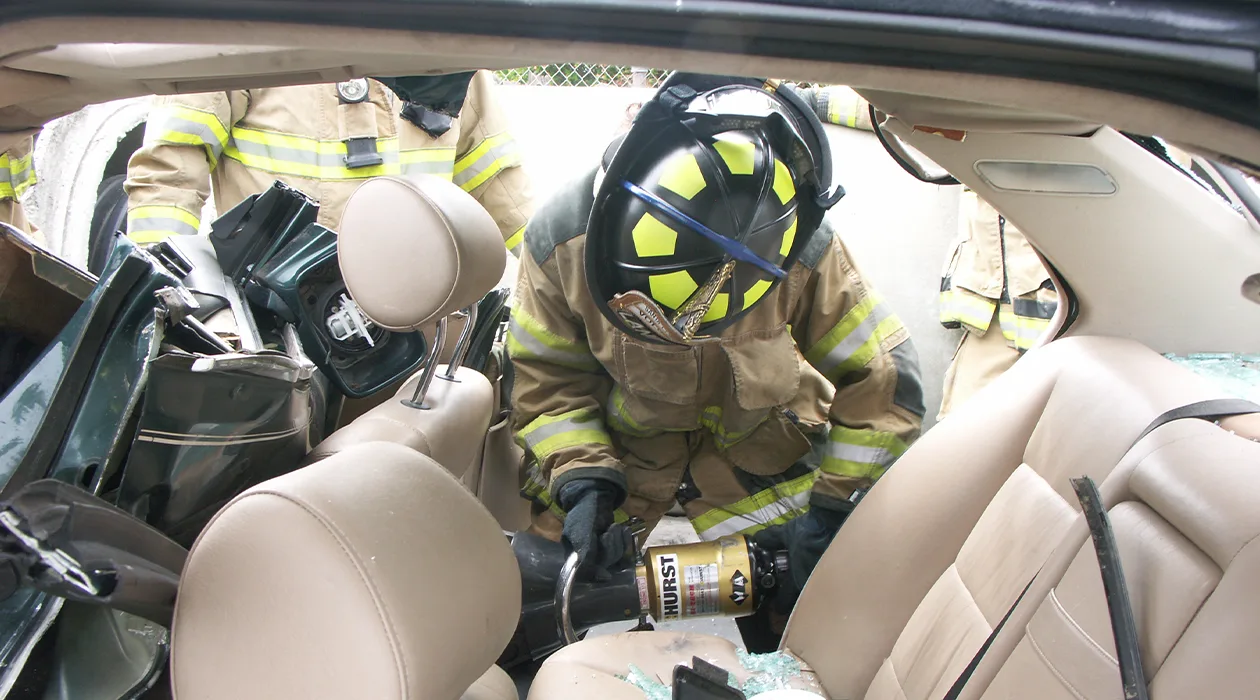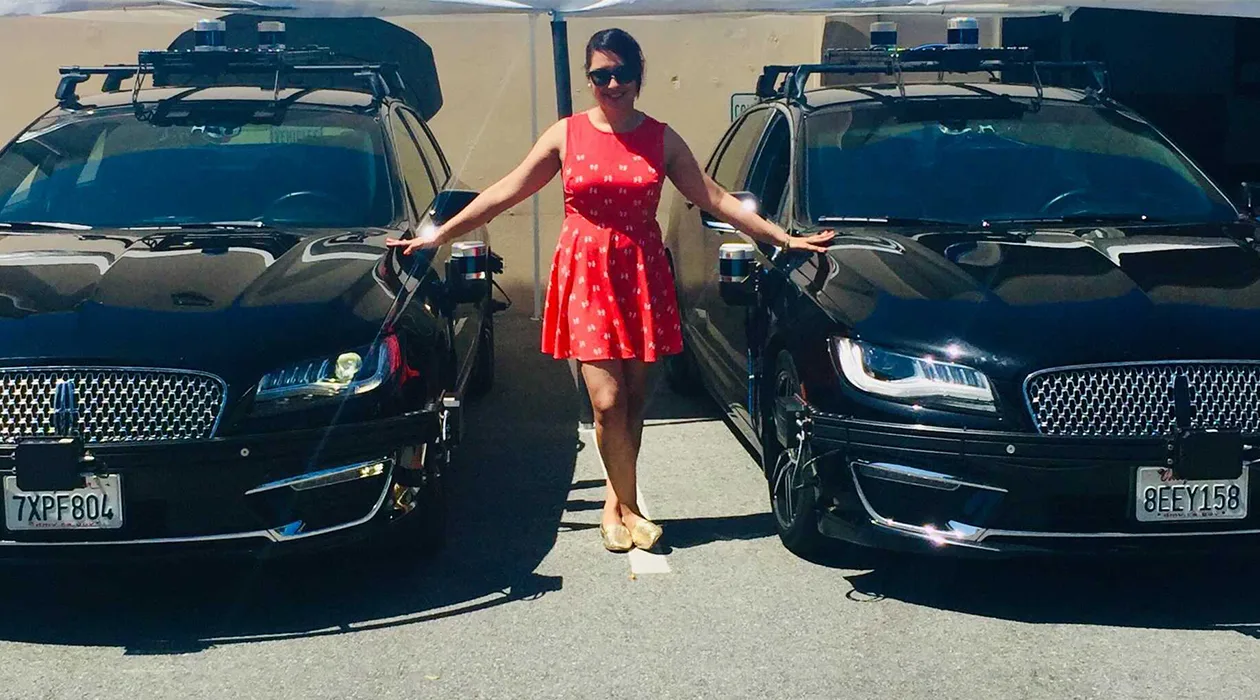Women of Aurora with Daniela Landey
Meet our team | May 03, 2021 | 3 min. read

As part of our ongoing Women of Aurora series, we are excited to introduce you to Daniela Landey, a former medical surgeon and firefighter who brought her passion for saving lives to Aurora. Daniela joined the company as a Vehicle Operator and as she gained on-the-job technical skills, transitioned into her current role as a Motion Planning Operations Specialist. Read on to learn about Daniela’s dynamic career path.
What was your career path before joining Aurora?
I was born and raised in Tijuana, Mexico where I began my career as a surgeon. After moving to the U.S., I was a research physician at numerous Bay Area hospitals. Ready for a new challenge, I transitioned into working in public safety as a public education officer for a local fire department, and eventually a firefighter and EMT. After a few years in public safety, I decided to apply my expertise in other areas and became an OSHA-certified Occupational Health and Safety Officer for numerous construction projects such as the Transbay Tube (the underwater tunnel connecting Oakland and San Francisco) and at the new Apple campus, Spaceship. I’m also an arson investigator in my free time. I consider myself a jack of all trades, and I strive to one day be a master of all!

I used to pry cars open using the jaws of life and now I’m helping create safer vehicles!
Tell us about your path that led you to Aurora. Why autonomous vehicles, and why Aurora?
I grew up in a household of engineers. My dad was an industrial engineer and my brother is a software engineer, so I was always around the machines and robots they built. I remember daydreaming as a child about building the automated Enforcement Droid from RoboCop.
My first professional experience with robotics was in the surgery room, where I trained with a da Vinci surgical arm and experienced the precision of robotics firsthand. Fueled by my interest in artificial intelligence and robotics, I started following autonomous vehicle blogs and discovered Aurora, a company with a great mission that combines engineering with a topic that had been important throughout my career – safety.
I was drawn to Aurora’s supportive and collaborative culture and wanted to be a part of developing self-driving technology. I look forward to the day when Aurora’s technology powers self-driving fire engines and ambulances to safely navigate first responders and patients through traffic. This will reduce the risk of accidents and improve response times, and it would bring my career full circle.
You started at Aurora as a Vehicle Operator. What was that like?
Vehicle operators collect critical data that we use to train our autonomy software, generate new virtual tests, and create maps. They’re Aurora’s eyes and ears on the road and are integrated with engineering teams across the company to create a feedback loop so we can continually improve the Aurora Driver. Because of the cross-functional nature of the role, they have many opportunities to engage with and learn from different teams and functions. This was critical to my career development and I learned about mapping, hardware component installation, and software troubleshooting – skills that led me to take on new and more technical challenges at Aurora.
As a kid growing up, these types of roles didn’t exist. It’s exciting to be a part of a new and disruptive industry that’s creating all types of new jobs.

Hanging out with the “kids”, our now-retired fleet of MKZs.
You’re now a Motion Planning Operations Specialist. What was that transition like and what do you do now?
I had the opportunity to join the Motion Planning Operations Team when it was in its infancy. It started as a small project and has since grown into an entire team that helps drive improvements to the Aurora Driver. There was no formal training at the time so I learned on the job and found that my experience as a vehicle operator was a great asset to my new role.
Motion planning is related to how the Aurora Driver moves safely through its environment. Our team coordinates with vehicle operators to gather real-world data that we label and feed into machine learning models to improve the Aurora Driver’s capabilities. We then assess the performance of the Aurora Driver’s motion planning system and use our insights to propose improvements. Our team's work is one piece of our Virtual Testing Suite which, altogether, provides us with a comprehensive way to virtually test the Aurora Driver's capabilities. This was particularly useful during the COVID-19 pandemic when we had reduced testing on the road.
What is your proudest moment at Aurora?
I had the opportunity to represent my team as a Vehicle Operator for Bloomberg’s Next Jobs series. Our team does critical work, but many people don’t know what we do given these jobs didn’t exist until recently. I love teaching people about the jobs of the future, which are already here today!
How has Aurora helped you in your career development?
Aurora has a strong culture around learning and development and I’ve always appreciated how everyone here is an expert at something and eager to share their expertise. One of our company values is “win together” and the spirit of that value comes through every time I approach my colleagues with questions.
What is some advice you would give to somebody trying to enter the AV space?
Be curious, ask questions, don’t be afraid to learn new things, and don’t be scared to share your ideas. This is a creative industry and there are so many things yet to be discovered. Enjoy the ride!
Delivering the benefits of self-driving technology safely, quickly, and broadly.